The content of the article
Everyone knows that artificial dyes, which are used in cooking, are very dangerous for health. Therefore, many try to use natural products to produce color. It is not difficult to do this, and the naturalness and safety of dishes will be guaranteed.
Why do we need dyes
Dyes are divided into natural and synthetic. Natural dyes are herbal products and do not include chemicals. Synthetic dyes can be gel, liquid and dry. Food colorings are used in the food industry to make a real work of art out of ordinary products and boost sales. They do not have any taste, therefore, do not affect the taste of the products.
Substances obtained through a chemical process are harmful to the body. Therefore, many prefer to prepare dyes on their own from more natural products. Thus, you can not only make the dish colorful, but absolutely safe. And for this, you do not need to buy expensive components at all, since ordinary products are suitable.
Harm of Artificial Dyes
The chemical industry produces a huge amount of substances, which are then used to make products more attractive. But not everyone knows what exactly is hidden behind synthetic dyes. For example, even the composition of most such mixtures cannot be determined without lengthy laboratory research.
And manufacturers do not always adhere to standards and easily violate the amount of hazardous components contained in dyes. Moreover, the harm of such substances is not only possible allergies. Some preservatives can cause oxygen starvation, negatively affect the nervous system and provoke the development of tumors. Therefore, it is important to limit the use of such products, and for home dishes use exclusively natural dyes.
How to make dye at home
To do this, just open the refrigerator and choose any vegetable or fruit that matches the color. You can take juices, preserves, herbs and even seasonings for this purpose. As for the storage of natural dye, without sugar it will be valid for only a few days. But with the addition of sugar, the dye will quietly stand for 10-14 days. The main thing is to place it in a glass container with a tight lid and not leave it warm.
Red color
In order to give the dish such a shade, you can use raspberries, strawberries, cherries or cranberries. Ordinary red wine and various preserves are also suitable. It is advisable to add several components, then the red color will be more saturated. Often, housewives use ordinary beets to prepare dishes with a red tint. And not in vain, because this vegetable is considered the most powerful natural dye.
Getting the coloring pigment from beets is not difficult at all. For this, 1-2 fruits must be washed, peeled and grated. Then the beets are poured with water and cooked for about an hour on low heat. Also, in the broth you need to add 0.5 tsp. citric acid, otherwise the dye will discolor from oxidation by air. Once the beets have cooled, they need to be filtered and used to color the dishes.
Orange color
The easiest way to get an orange natural dye is to use carrots. It must also be cleaned and grated. Then the vegetable is laid out in a pan and poured with butter, previously melted in a water bath. The ratio of carrots and oil should be 1: 1.Then the mixture needs to be darkened on the stove for about 5 minutes. The oil should acquire the desired shade, after which it is necessary to squeeze the cooled carrots through cheesecloth.
Yellow
To give the dish a yellow color, lemon is most often used. Its zest is rubbed on a very fine grater, and then squeezed and filtered juice. You can also get a great yellow tint by stirring a little turmeric in warm water.
Green color
For a rich green color, you can use fresh spinach. It must be rubbed through a sieve or chopped using a meat grinder. The resulting mixture must be boiled for half an hour, and then strain through cheesecloth.
Purple and blue colors
They can be obtained using eggplant peel, dark grape varieties or blueberries. Purple cabbage is also perfect, which you just need to cut and boil. If you need to get a brown color, then the easiest way to achieve this color is with sugar. It must be mixed with water in a ratio of 5: 1 and placed in a pan.
It is necessary to fry sugar on a small fire and at the same time stir it constantly. After the mixture acquires the necessary shade, water is added to it and filtered. In addition to burnt sugar, you can use chocolate, coffee or cocoa to get brown.
Black color
Often, black color is used to decorate dishes. To achieve such a shade is not as difficult as it seems at first glance. For sweet dishes, for example, for cake, you need to use cocoa powder. But not ordinary, but a powder of a special grade called Dutch Ultra. It contains more chocolate and is in itself much darker than traditional cocoa. Squid ink is ideal for salted dishes.
Beige color
In order to get a beige color, many chefs recommend adding, for example, a little tomato paste to the cream. The color depends on the amount of paste, so when you add a large amount of tomato, the cream will turn out not beige, but closer to the orange color. Tomato paste does not affect the taste of the dessert.
If several natural dyes prepared earlier are stored in the refrigerator, then you do not need to look for ingredients to get a new color. You can mix existing colors and get the one you need. For example, for the color of the sea wave, you can mix blue and green, and to obtain a blue dye, it is enough to mix green with red. In order to get a black tint, you will need green, blue and red dyes. A beautiful pistachio color will turn out if you mix yellow and blue.
When to add dyes
A lot depends on when exactly the coloring substance will be added to the dish. Therefore, it is important to know:
- Dyes should not be added to fresh dough. It is better to soak pastries with dye. But this rule does not apply to meringues.
- If the dough is necessary not for baking, but for noodles or dumplings, then dyes, on the contrary, are recommended to be added immediately when mixing. After all, then paint the finished product does not work.
- In the cream that is used for decoration, dye also needs to be added at the last moment. Otherwise, excess components can adversely affect the stability of the cream during whipping.
- Do not rush and add as much dye as possible. 1-2 drops are enough to see what color will turn out. And to make it richer then much easier.
These are just the main ways to get different colors. If you approach the matter with imagination, then you can get unusual shades. They will decorate any dish and will surprise guests. And safe components will not bring harm to health, therefore children can eat all goodies.
Video: DIY natural food coloring

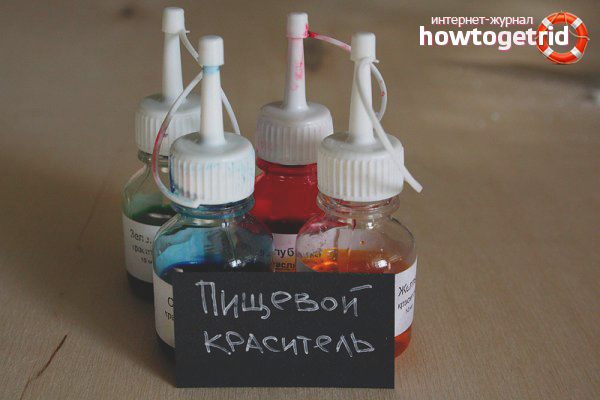
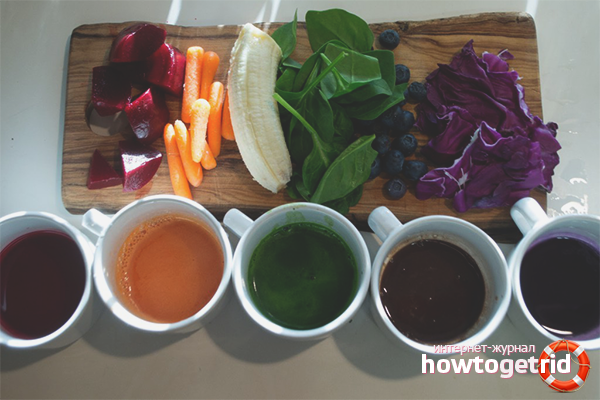
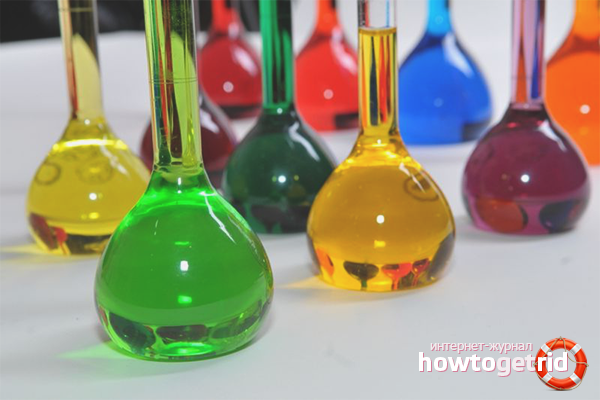
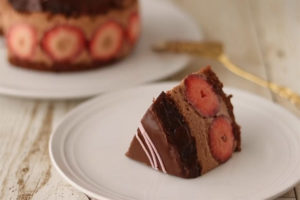
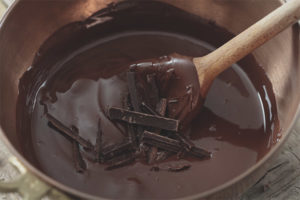
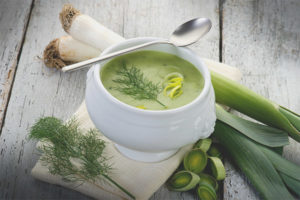

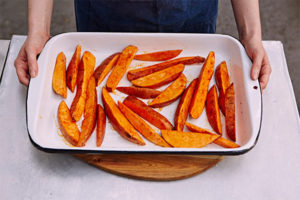
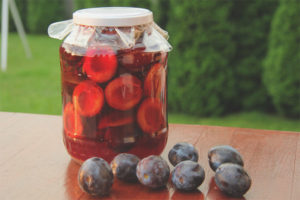
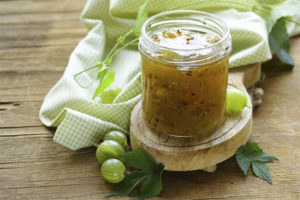
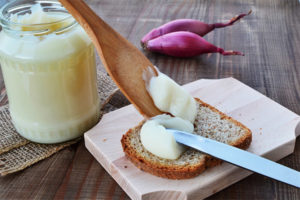
Submit
Also, green can be made from the same purple cabbage. In the dough, throw slaked soda and get a saturated green color like green stuff. What is interesting is that when heated, purple becomes brighter. And the green in the refrigerator pales.
And boil cabbage too? I need to make green dumplings, grandchildren asked. Fuh!
Gorgeous yellow natural dye derived from sea buckthorn.